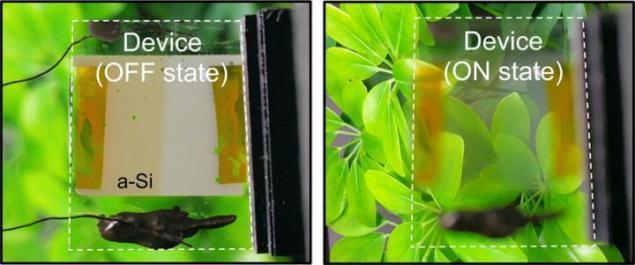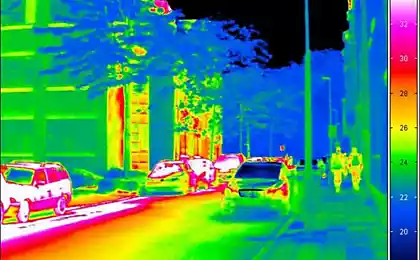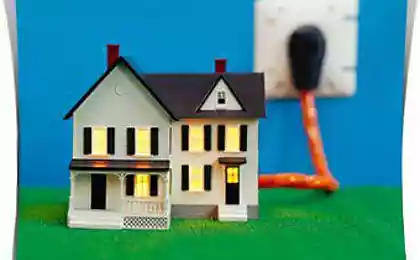414
Smart Sunny window will provide privacy and light control
Smart Windows are becoming darker to filter out the sun's rays in bright days, or become transparent on cloudy days, so into the room came more light. This feature can help to monitor the room temperature and maintains the confidentiality of, without resorting to auxiliary means such as mini-blinds. Currently, scientists have reported a new development in this growing niche: the smart solar window, which optionally can be opaque and even generate energy to power other devices. The results of the study were published in ACS Photonics.

A group of researchers, led by Jeremy Monday (Jeremy Munday), managed to combine both of the above functions are "smart" Windows in a single device.
Most of the current "smart" Windows, operating by solar energy is only able to automatically respond to changes in light and temperature. This means that people cannot simply flip a switch to make the window opaque. In order to keep their personal life a secret to them, as before, we have to use curtains or blinds.
A new type of "smart" window has a rather complex structure. The Central layer of this structure contains microdroplets with a solution of liquid crystals. This layer is sandwiched between two layers of amorphous silicon with a thickness of only 13 nm. Note that amorphous silicon is a material widely used in the manufacture of solar cells, and in this case it is used in the same order, for the conversion of solar light into electrical energy.
All of this layered structure is placed between two layers of ordinary window glass. When the smart window is in the off state, the liquid crystals scatter the light and it is in an opaque state. The silicon layer absorbs the light and generates electric energy sufficient to Orient liquid crystals. And if people would include this window, then the crystals will change their orientation and be fully transparent.
The electrical energy produced by the layers of amorphous silicon in an excess amount. This surplus, which has increased in the inactive state of the window is redirected to a device that charges the intermediate battery. And the charge of these intermediate panels may be used to charge the batteries of smartphones, portable computers, or directly to drive the actions of various household appliances. published
Source: ecotechnology

A group of researchers, led by Jeremy Monday (Jeremy Munday), managed to combine both of the above functions are "smart" Windows in a single device.
Most of the current "smart" Windows, operating by solar energy is only able to automatically respond to changes in light and temperature. This means that people cannot simply flip a switch to make the window opaque. In order to keep their personal life a secret to them, as before, we have to use curtains or blinds.
A new type of "smart" window has a rather complex structure. The Central layer of this structure contains microdroplets with a solution of liquid crystals. This layer is sandwiched between two layers of amorphous silicon with a thickness of only 13 nm. Note that amorphous silicon is a material widely used in the manufacture of solar cells, and in this case it is used in the same order, for the conversion of solar light into electrical energy.
All of this layered structure is placed between two layers of ordinary window glass. When the smart window is in the off state, the liquid crystals scatter the light and it is in an opaque state. The silicon layer absorbs the light and generates electric energy sufficient to Orient liquid crystals. And if people would include this window, then the crystals will change their orientation and be fully transparent.
The electrical energy produced by the layers of amorphous silicon in an excess amount. This surplus, which has increased in the inactive state of the window is redirected to a device that charges the intermediate battery. And the charge of these intermediate panels may be used to charge the batteries of smartphones, portable computers, or directly to drive the actions of various household appliances. published
Source: ecotechnology























